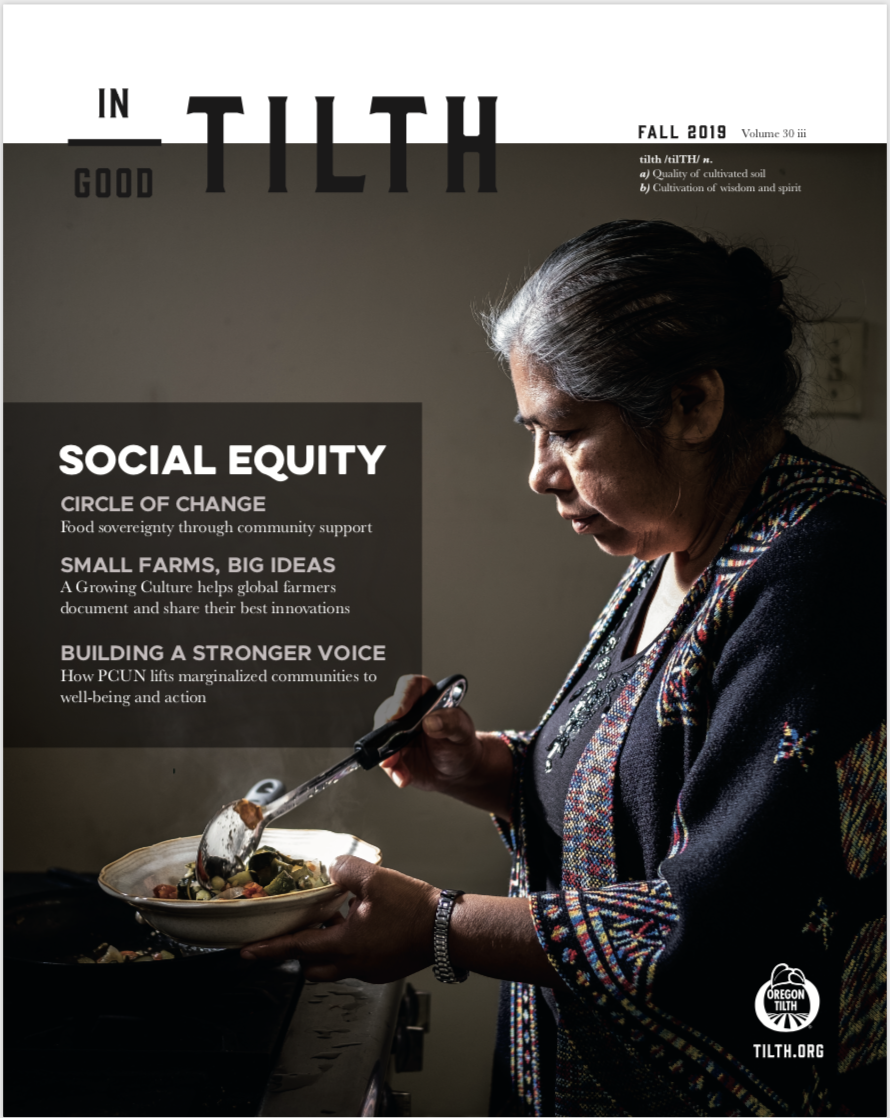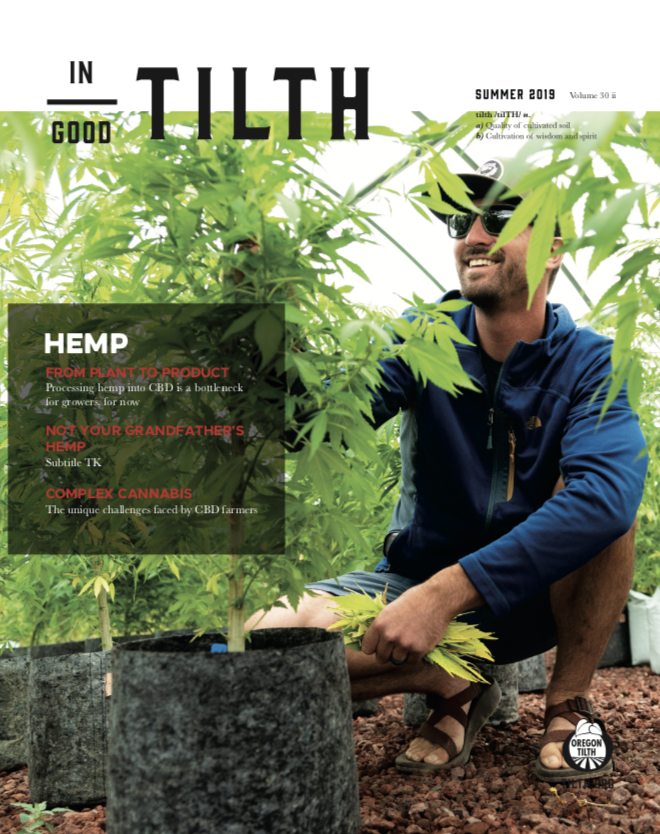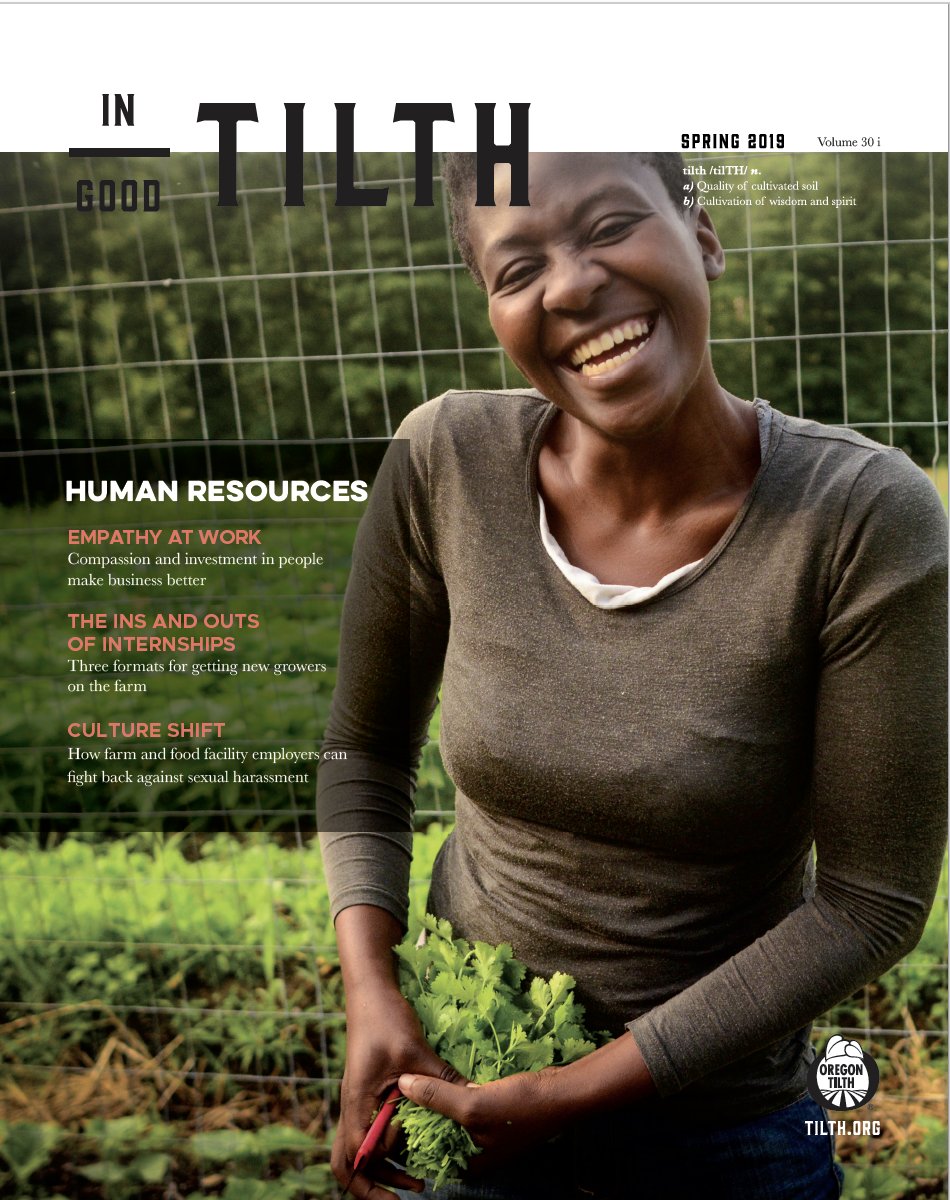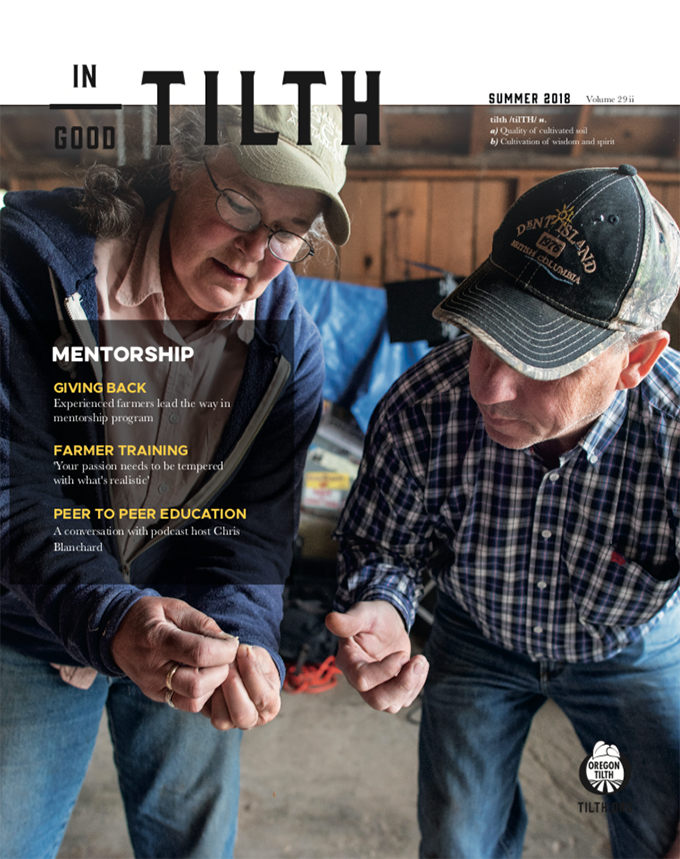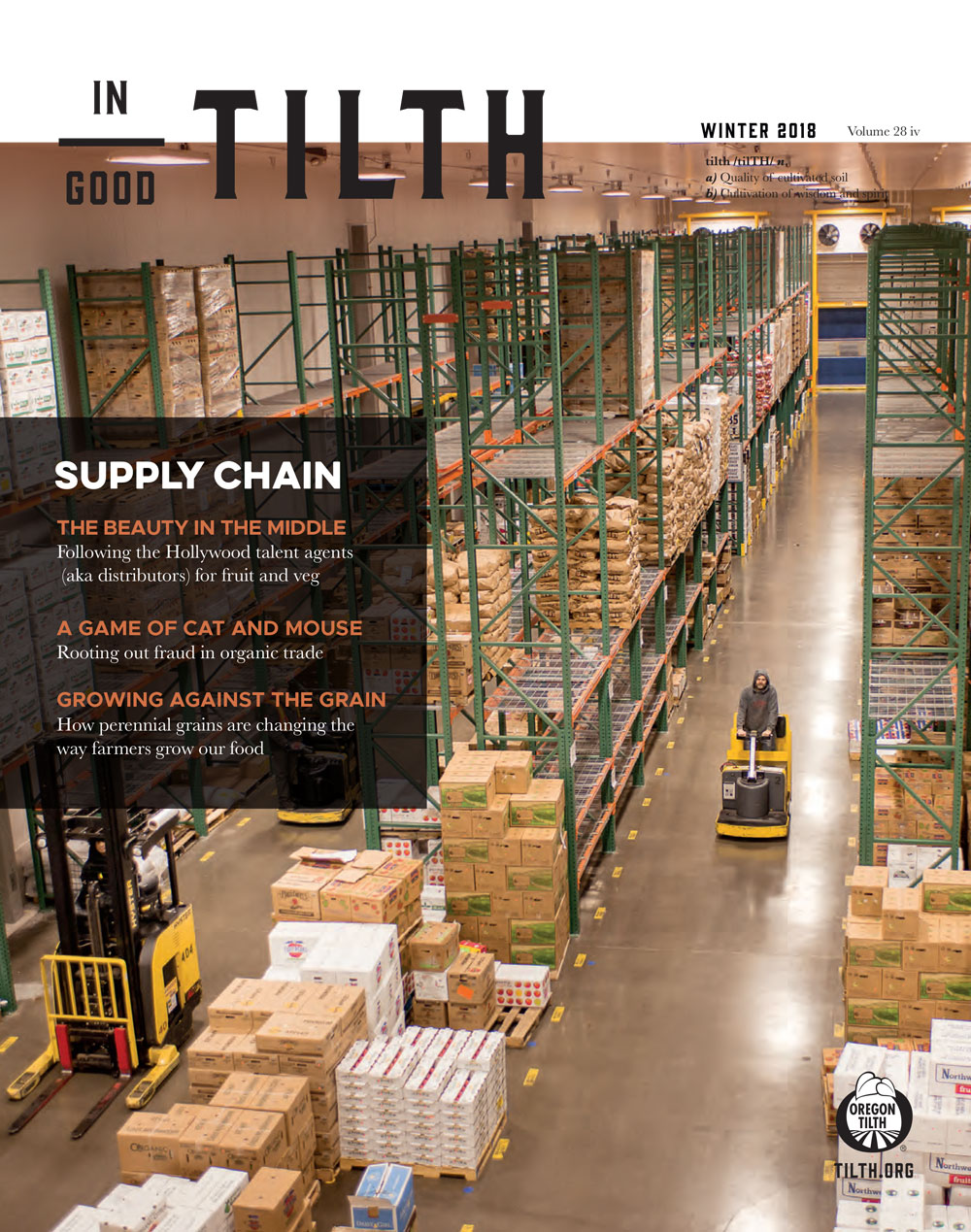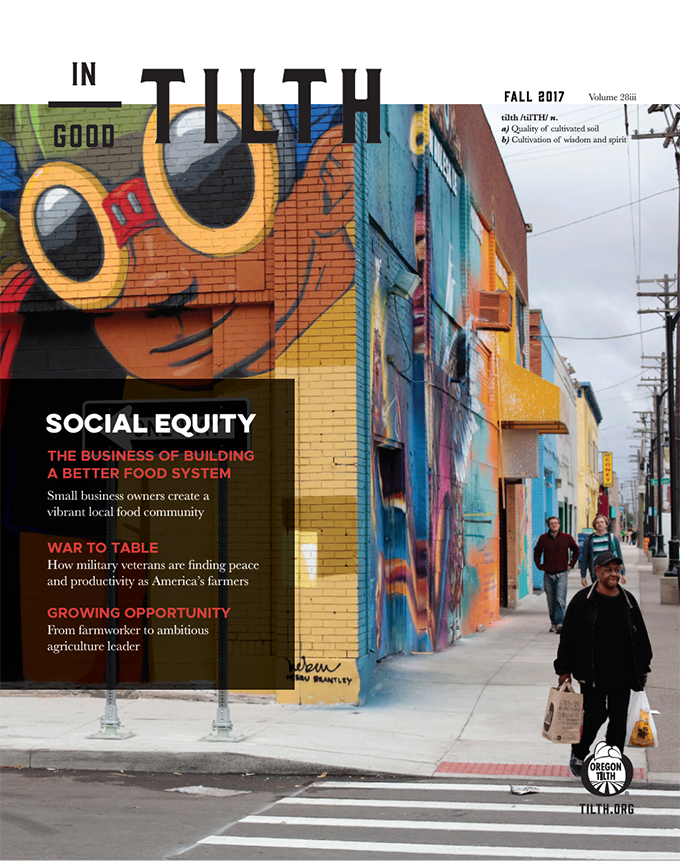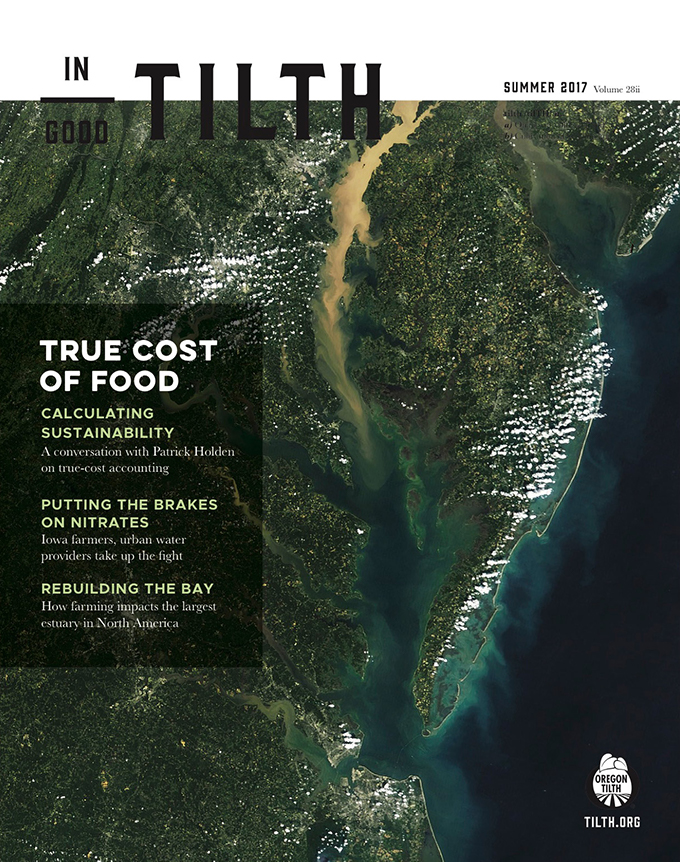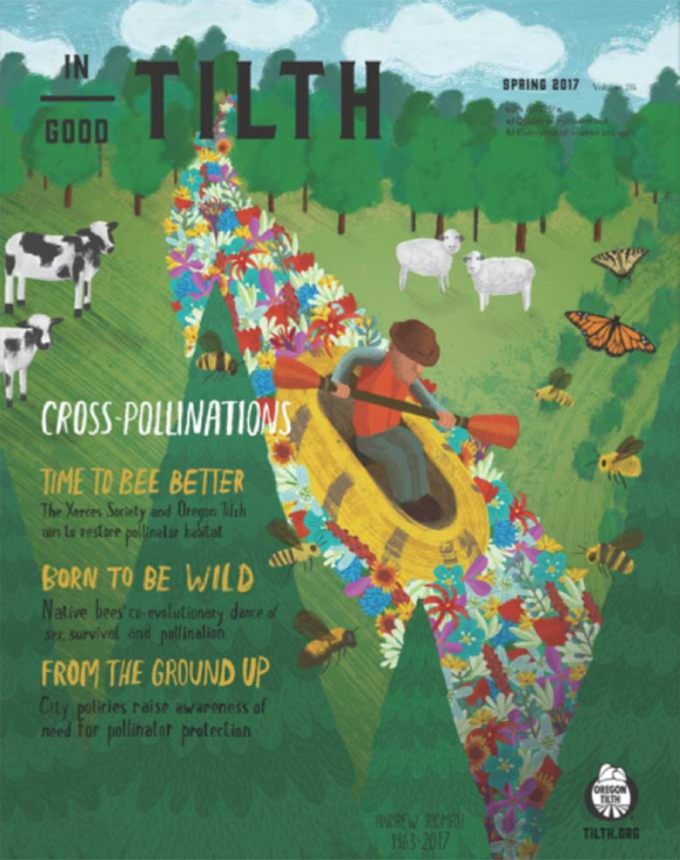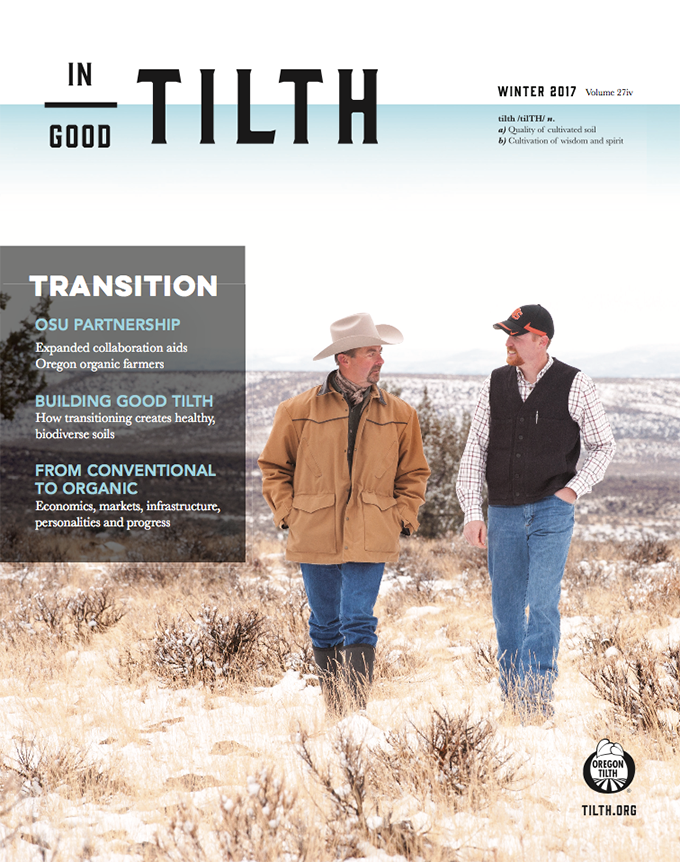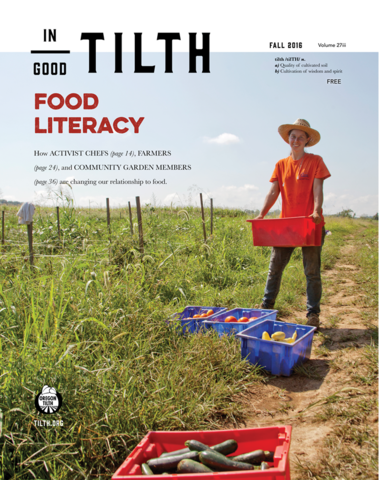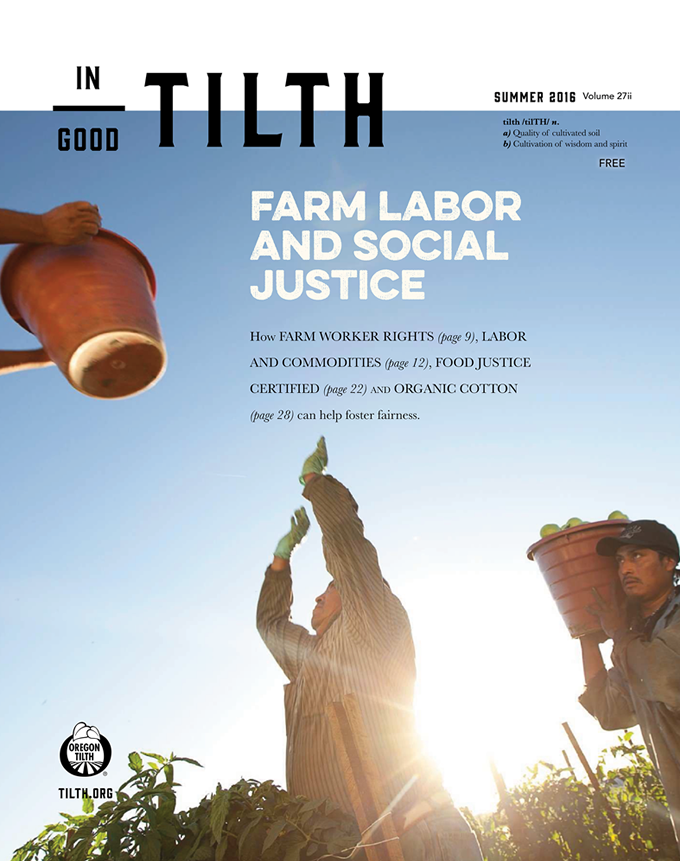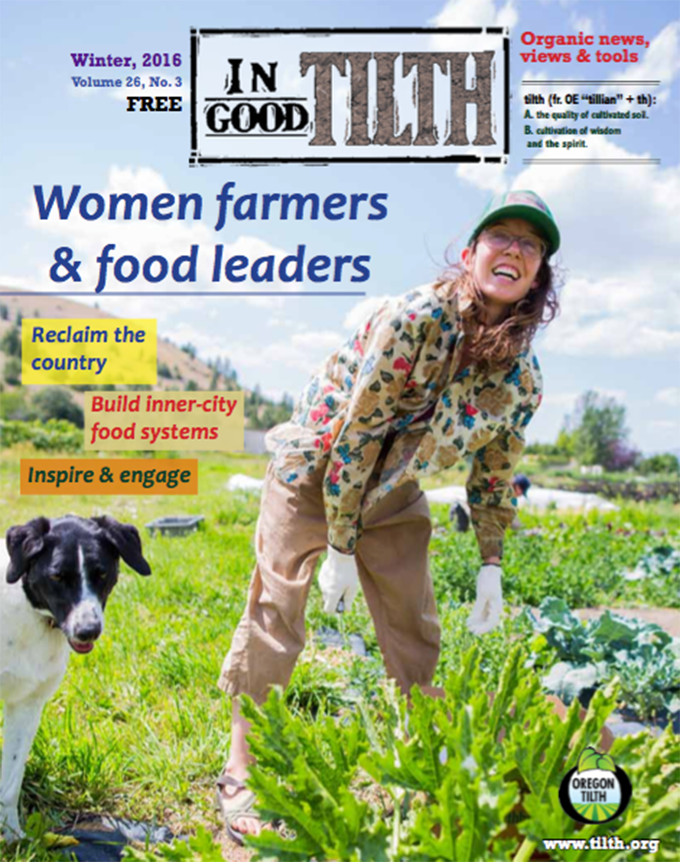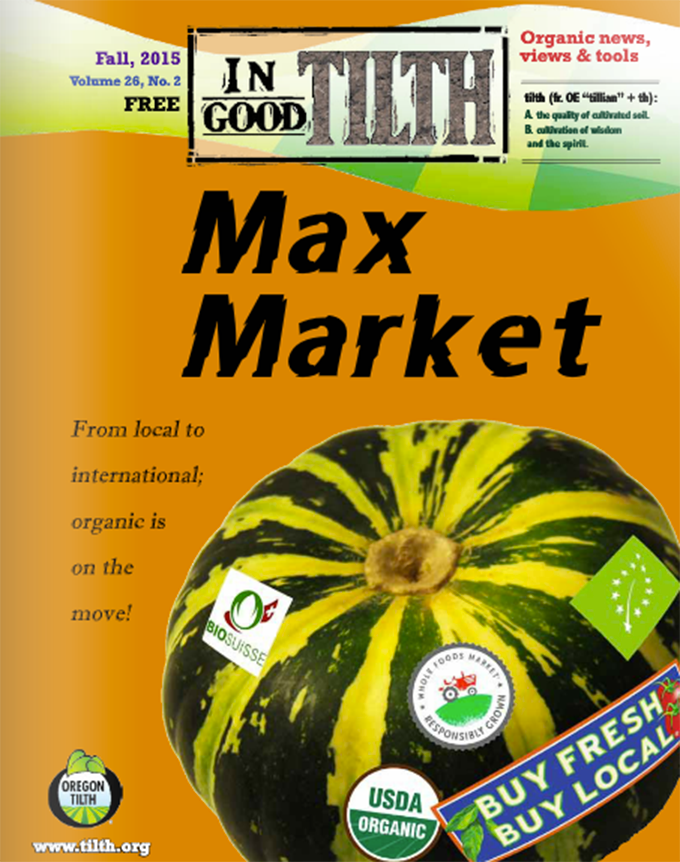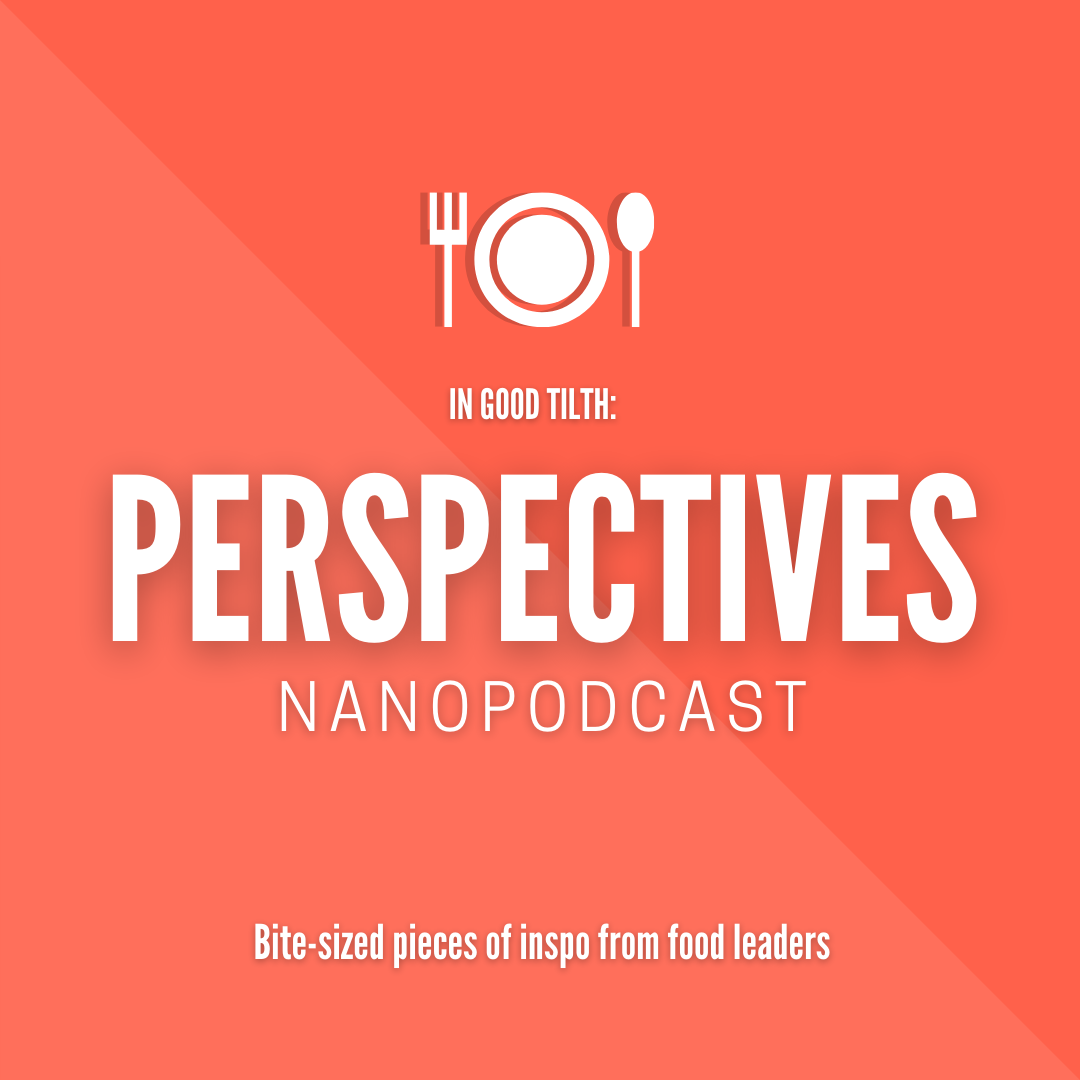The terms “food justice,” “food sovereignty” and “community food security” are imbued with race, class and cultural identities, which makes defining the language of food justice vital. Likewise, the definitions themselves should serve, and be informed by, the communities they seek to represent.
These definitions may not address the real life challenges of the communities they were intended to benefit, or alienate them by not addressing the concerns of a given community specifically. Individual communities want their own experiences reflected in their own definitions.
Food justice is often thought of as being a right, or as having an ability to make change all on its own. Is it possible for food justice, itself, to act? Should we expect that food justice can change a broken system?
Many major themes are shared between definitions, but cultural, class and regional disparities lead to confusion and mixed messages. Developing definitions that are participatory, community-specific and direct will inform both decision-makers’ policies and the communities who seek to empower themselves.
Simply put, food justice, sovereignty and security are specific goals used by organizations and policy makers to discuss broader community food-security concerns. The definitions shape how policy makers’ perceive a community’s needs, and are often the first line of defense against entrenched interests and systemic failings. For example, the Institute of Agriculture and Trade Policy (IATP) defines food justice as:
“The right of communities everywhere to produce, process, distribute, access, and eat good food regardless of race, class, gender, ethnicity, citizenship, ability, religion, or community.”
Another case is the former Portland/Multnomah Food Policy Council’s (PMFPC) definition:
“The Food Justice movement envisions a food system that is inclusive, community-led and participatory, without the exploitation of people, land, or the environment. It identifies and acts to remove the significant structural inequities that exist within our food and economic systems. Food Justice activists seek to establish healthy, resilient communities with equitable access to nourishing and culturally appropriate food.”
PMFPC’s definition — crafted after many community listening sessions–succeeds by identifying the movement, and attaching goals and actors to reach those goals. One distinction is action-oriented verbiage like “activists seek to” and “establish healthy and resilient communities.” Phrasing like “food justice movement envisions” presumes action and changing the system, and the mention of participation and inclusivity provides direction and the specificity for action plans. Interestingly, the mention of “participation” is integral to its success as a definition. Importantly, “culturally appropriate” food and “structural inequities” are both overtly stated. [The definition addresses many key themes without directly mentioning race and “food as human right,” which is appropriate given Portland’s historically strained relationship with minority communities.]
The New York nonprofit Just Food’s definition follows a trend of starting with a given community’s right to food but also embraces health and well-being:
“Food Justice is communities exercising their right to grow, sell, and eat healthy food. Healthy food is fresh, nutritious, affordable, culturally-appropriate, and grown locally with care for the well-being of the land, workers, and animals. People practicing food justice leads to a strong local food system, self-reliant communities, and a healthy environment.”
With phrases like “a right to grow, sell and eat,” the net is cast wide to include farmers, independent processors and consumers. Meanwhile, inclusion of “strong local food systems” provides positive messaging and simplicity that makes it accessible and less imposing than some of the other definitions. Familiar terms like “nutritious” and “fresh” deliver a focus on healthful food. The audience however, are those who likely already understand some of the injustices in the food system, perhaps leaving behind those who truly should be served by the definition. It calls out food justice as an action that “communities” take part in, but doesn’t mention the “movement” directly, but may be inferred from mentions of “people practicing food justice” and “communities exercising right(s).”
Food justice as a right
Many claim food justice as a right. But who is granting that right? Where is it being generated? Additionally, the question of why the current food system fails at delivering the so-desired rights is not identified. In many of the definitions, the concept of what a community is remains nebulous. We assume that communities are at the local level or within a geographical boundary, but what about communities of color? It is not entirely clear which communities are exercising their rights, at what scale, and who (or what) gives the communities the “right” for food. The IATP definition elaborates on food justice as a right and adds several points for what food justice can accomplish. These aims can’t be accomplished by the concept of food justice, but the acknowledgement of these concerns does spotlight the systemic issues left unstated.
Food justice as agency
Oakland’s Food Policy Council promotes the idea that food justice:
“Seeks to ensure that the benefits and risks of where, what, and how food is grown, produced, transported, distributed, accessed and eaten are shared fairly.”
Oakland’s definition is a perfect example of how language is important in framing a concept. The definition doesn’t clearly identify systemic injustices and does not have action-oriented goals to achieve justice. More importantly, it illustrates shortcomings in the overlapping use of language without considering its effect on the intended audience. Though food justice itself can’t make change, individuals and communities can, especially when working in participation with policy makers.
When care is taken in crafting a definition, its significance swells by offering the community actionable plans in the fight against injustices. Several definitions focus on: community, inclusiveness, access, cultural appropriateness, poverty and health outcomes.
One major pitfall — for many of the definitions — is a lack of a defined audience, which is beneficial when considering food justice as a community activity. Identification of leadership, specifically who will be implementing the change, is also crucial. This way the food justice movement is better served by focusing on specific messaging.
To foster structure as a concept and movement — as food justice is often defined — it will benefit future authors to offer measured goals and be directional toward a specific audience or community.
The sticky part rests in being precise about which injustices warrant the requirement for food justice. This pitfall was present in several of the definitions whereby food justice was claimed as a “right” and by claiming that food justice itself performs a role; such as food justice “seeks” or “ensures.” Again, many of the definitions assume that food justice is how change comes to the food system. However, simply identifying a problem without proposing how it may be changed may not go far enough. Definitions are the perfect place to demonstrate injustices; what they are, how they will be addressed, and lastly, who will resolve the injustices. These elements provide a framework that can — and should — be reproduced with deference to individual communities.
Largely absent from the majority of definitions is a participative approach. Sustainable food systems scholar Clement Loo discusses the necessity to reframe the food justice debate to be participatory in his 2014 article “Moving Towards a More Participative Definition of Food Justice.”
“Further, it is clear that even those who endorse distributive accounts of food justice tend to argue for interventions that are in essence strategies to improve the ability of vulnerable individuals to participate in decision-making and the governing of food systems. This suggests that the definition of food justice must be refined to better recognize the importance of participation.”
Participation from a wide community can mitigate structural inequalities and give agency to the communities that suffer most acutely. But policy makers must also participate with the community they serve.
The actions of the community must be represented in the definition, and the definition in turn serves them by informing policy at city hall. Definitions and language are paramount in framing a policy agenda and debate, but deliberate care has to be used when developing these definitions, if the movement is to reach those for whom they are intended.


